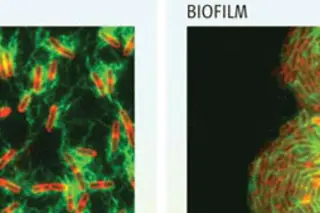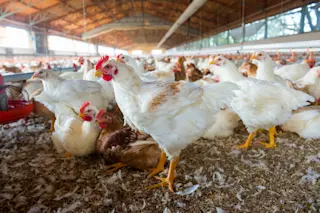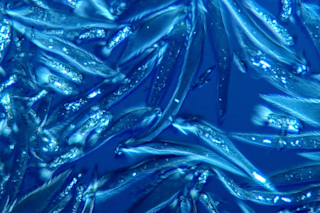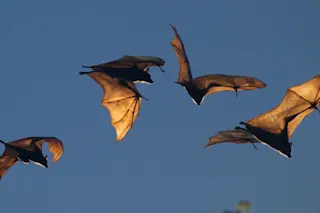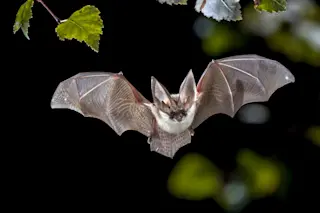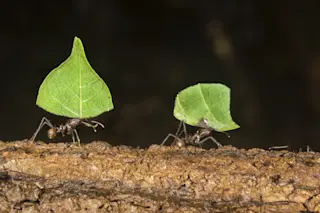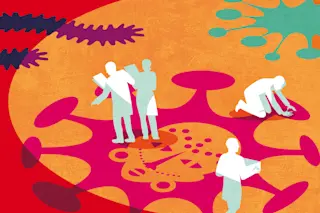Cast your mind back to high school science class and you may remember peering through a microscope at a wee bacterium, which moved swiftly across the slide by spinning its flagellum around. The flagellum, a whip-like tail, acts like a rotary engine, and was previously thought that the only way for a bacterium to stop moving was to stop producing the proteins that form that tail. But according to a new study, bacteria actually stop by slipping out of gear with a molecular "clutch." The new insight into how bacteria come to a halt could help researchers prevent them from clotting together in undesirable places, like human lungs or medical equipment.
Many bacteria have two modes — either free-living and swimming, or settled down as part of a stationary 'biofilm'. These films are slimy bacterial cities only a fraction of a millimetre thick that contain vast numbers of cells and often many species [Nature News]. If researchers could interfere with a bacterium's clutch mechanism, it wouldn't be able to settle down into biofilm mode.
In the study, published in the journal Science [subscription required], researchers examined Bacillus subtilis, a harmless bacteria found in the soil. They scrutinized the group of genes that's activated when B. subtilis goes into biofilm mode, and found that one gene attaches itself to the rotor protein at the base of the flagellum. When it's moving, the rotor is spun by a stream of protons entering the cell; but when the clutch gene is active it bends the rotor molecule away from the protons, essentially making the mechanism slip out of gear. Lead researcher Daniel Kearns notes that the gene doesn't act as a brake, because the flagellum can still turn freely. But without the rotor's power, friction soon causes the bacterium to slow a stop.
Although B. subtilis doesn't cause disease, many biofilm-forming bugs do, and this shields them from immune attack and antibiotics. So, blocking the flagellum's clutch with a drug might, for example, stop gummy biofilms from clogging the airways of patients with cystic fibrosis. "If you could trick them into staying motile, maybe this would prevent biofilm formation in pathogenic diseases," Kearns says [New Scientist blog].
Image: Science/K. Blair and D. Kearns


